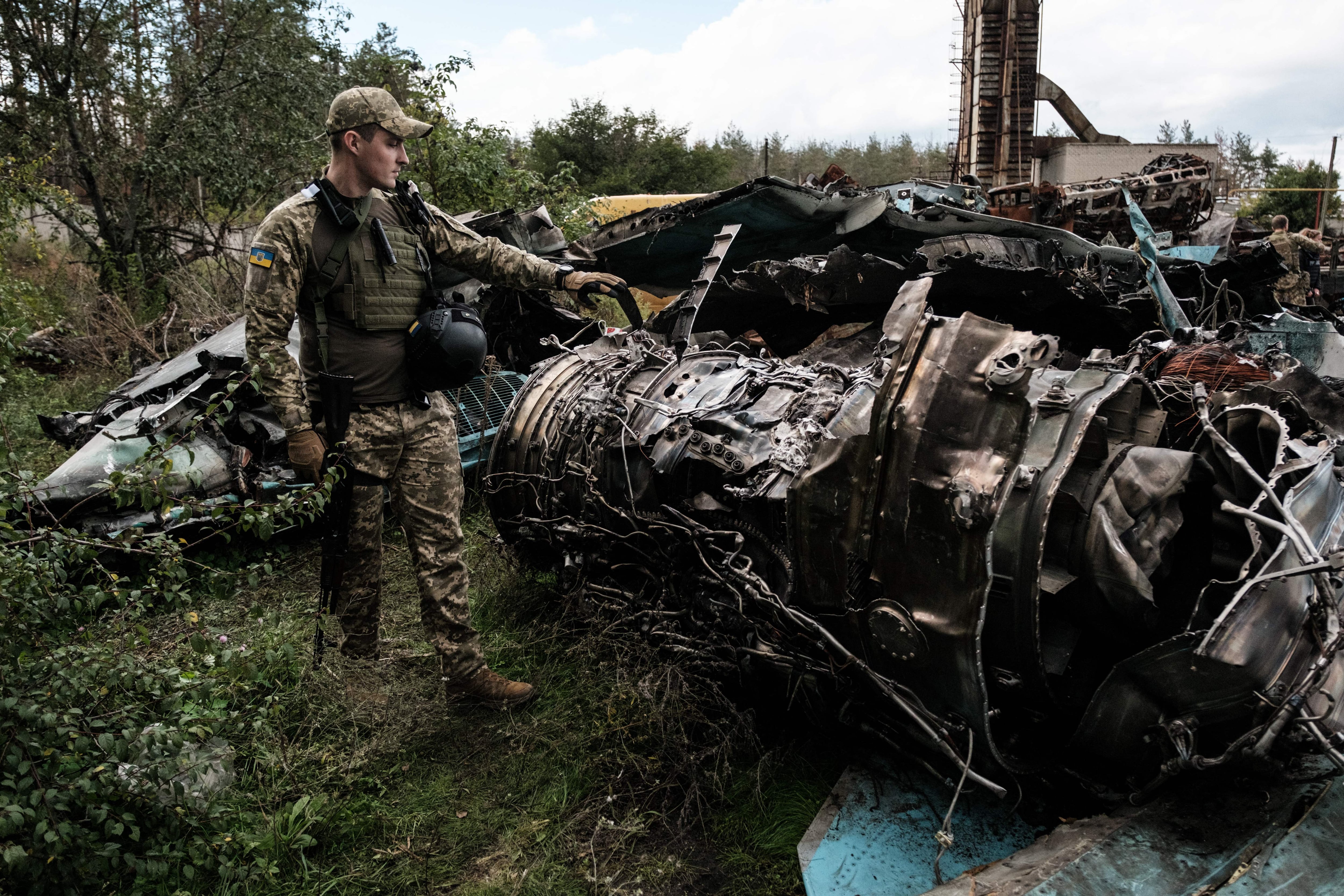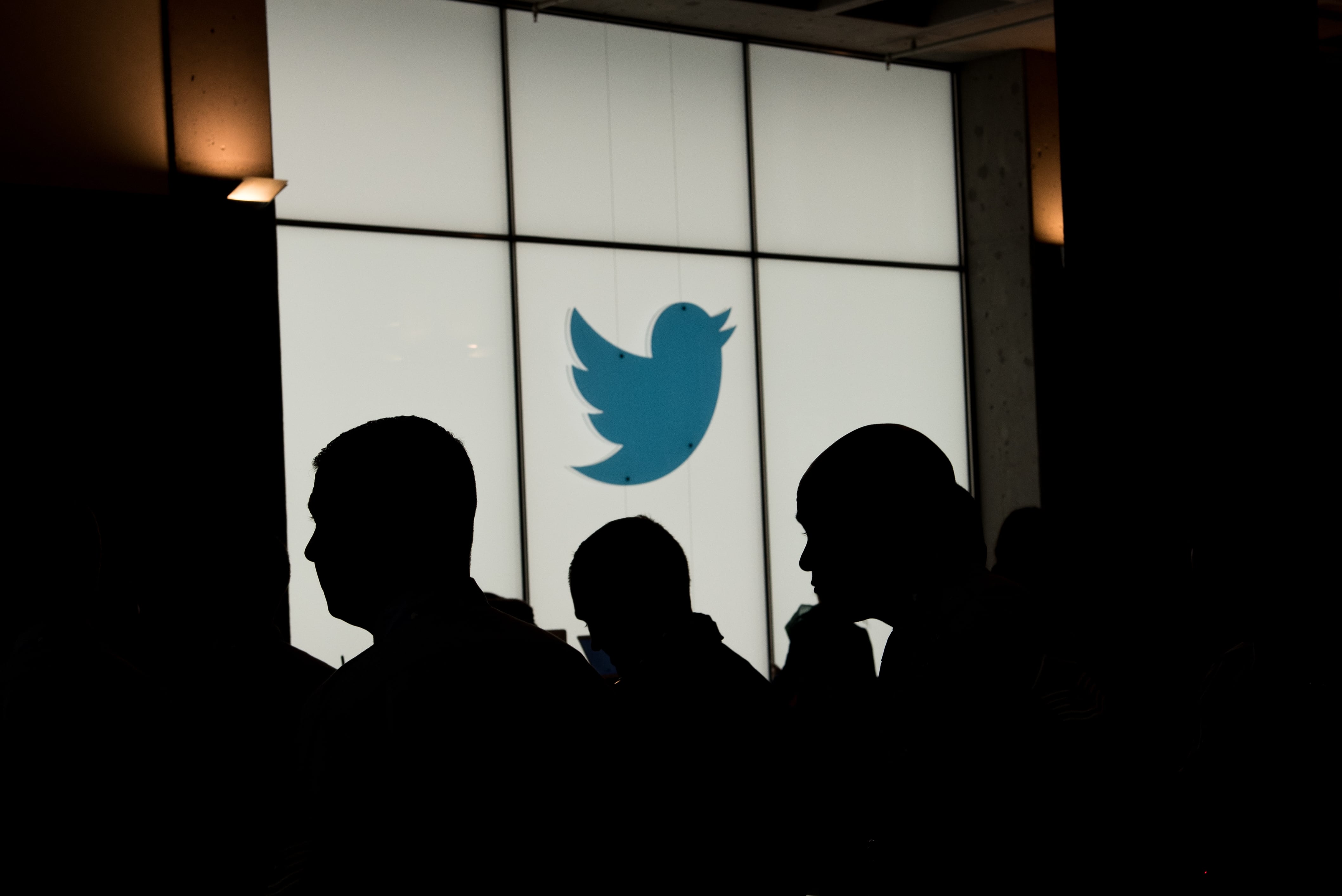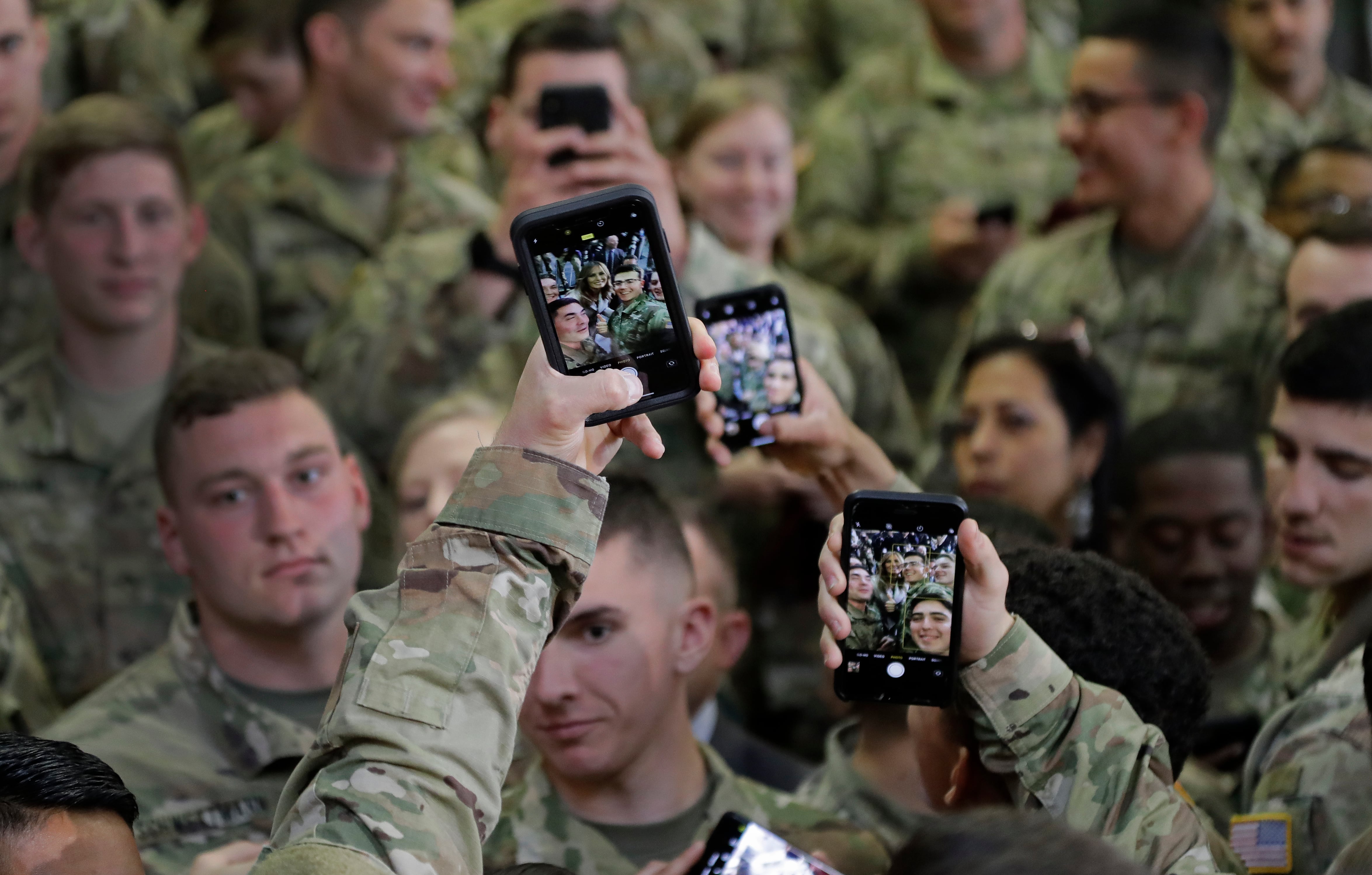Some U.S. service members share their military experiences on social media, garnering hundreds — and sometimes thousands — of followers by posting videos explaining the realities of deployments aboard ship, showing troops parachuting out of aircraft or cracking jokes about the different services, among other aspects of military life.
On the video-sharing platform TikTok, this type of content is so prevalent that it earned its own label: “miltok.”
A few of the more popular profiles post disclaimers on their pages indicating their content does not represent the Defense Department. But some experts studying the use of disinformation in warfare think it should.
Researchers with RAND Corp. suggested the Pentagon empower active-duty influencers to tell stories about their service on social media as a means to build support for the military and protect against attempts to undermine it.
RAND studied Russia’s invasion of Ukraine in 2022 to understand how U.S. enemies could weaponize disinformation in future wars, as well as draw lessons from Ukraine’s response. They expect U.S. adversaries to sow false narratives in future wars as a way to fray alliances, encourage attacks against U.S. forces and undermine American service members’ will to fight.
Their report, shared earlier this month, contained 12 recommendations for the U.S. government, including several calls to action for the Defense Department. In their study of the Ukraine-Russian war, researchers discovered that social media posts by Ukrainians — including Ukrainian troops serving on the front lines — created a groundswell of support that helped defend against Russian disinformation campaigns.
Ukraine’s actions could serve as a blueprint for that type of effort in the United States, the researchers said.
“The U.S. military and broader U.S. government should strategically seek to promote such online voices to help support U.S. national security objectives,” the Rand Corp. report reads.

The Ukrainian military allowed troops to post on social media and gave them only broad guidelines for using it in order to leverage soldiers’ creativity, the researchers said.
One Ukrainian officer garnered more than 140,000 followers on X by sharing photos of his unit’s daily activities. Another 132,000 people follow a Ukrainian service member who posts on TikTok about cooking meals in war-torn areas of the country. His bio reads, “a cook from the hell of war.”
These and other military influencers help show the human side to war, said the RAND report, which was authored by Todd Helmus and Khrystyna Holynska.
“This has helped to personalize the content and the war in ways that official, government-produced slick propaganda videos could never match,” the report states. “The result is that many Americans and Europeans are reminded of the war, its costs, and Ukraine’s tactical victories every time they scroll through Twitter or TikTok.”
The RAND researchers weren’t the first to recommend that DOD support social media influencers in the ranks as a means to combat disinformation.
Lt. Col. Mike Knapp, a U.S. Air Force pilot and social media specialist, wrote commentary for the Modern War Institute in January, arguing the services should provide an influencer toolkit and work to authenticate the social media profiles of service members gaining traction on the platforms.
The U.S. military currently does not encourage social media use and Army rules actively restrict what soldiers can share on their personal accounts, Helmus wrote in research last year.
RELATED

In addition to working with military influencers, Helmus and Holynska suggested the Pentagon develop a mandatory media literacy course for troops to build their resilience to disinformation.
Russia targeted Ukrainian troops with disinformation that painted their resistance as futile and encouraged them to surrender. The U.S. military can expect the same type of narratives from adversaries in future conflicts, the RAND researchers said.
In Ukraine, the military’s strategic communications department created explainers to educate troops on Russian disinformation, blocked sources of Russian messaging, implemented media literacy campaigns and provided troops information about what to share and how to behave online.
Following Ukraine’s lead, the Pentagon should mandate media literacy training, the researchers argued, adding that the military’s current training — an online course titled “influence awareness” — is not enough.
The authors cited a report in the US Army War College Quarterly that described the training as prefabricated, inflexible and underdeveloped and urged the U.S. military to work with media literacy experts to develop in-person training programs.
“Every minute of every day, men and women in uniform are attacked by a weapon that threatens them, their services, and the nation,” that report says about disinformation and propaganda. “Yet the U.S. military has not trained them to prepare for this onslaught.”
RAND researchers also suggested that the Pentagon add disinformation threats into wargaming and maintain the capabilities of the psychological operations forces to counter disinformation during conflicts.
This story was produced in partnership with Military Veterans in Journalism. Please send tips to MVJ-Tips@militarytimes.com.
Nikki Wentling is a senior editor at Military Times. She's reported on veterans and military communities for nearly a decade and has also covered technology, politics, health care and crime. Her work has earned multiple honors from the National Coalition for Homeless Veterans, the Arkansas Associated Press Managing Editors and others.





